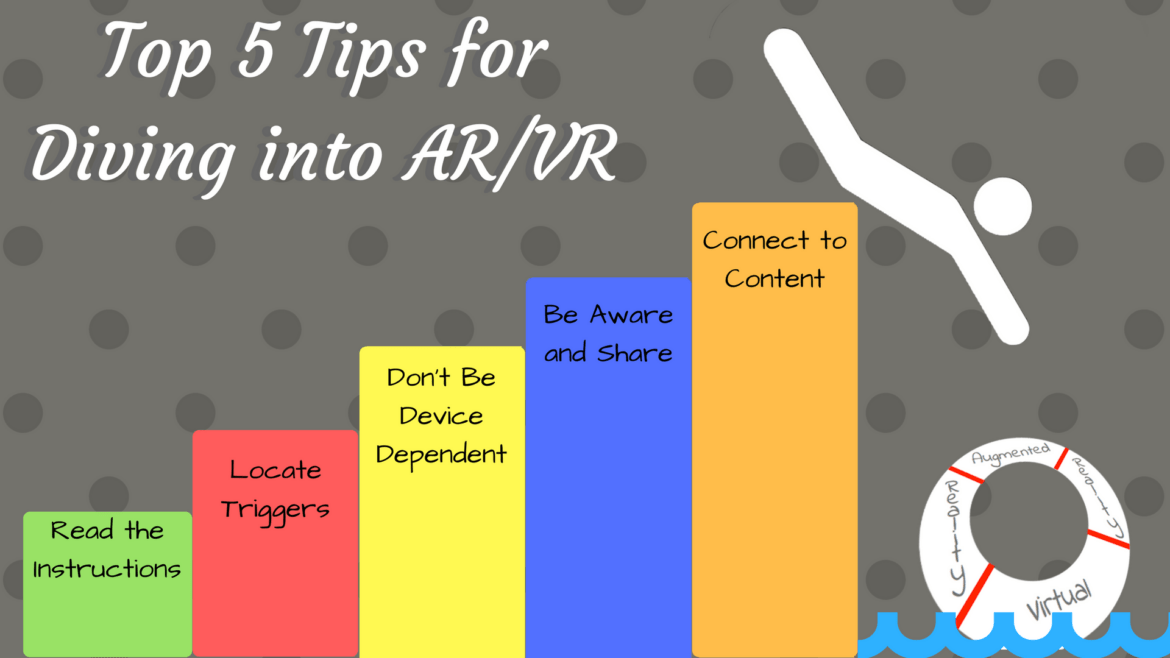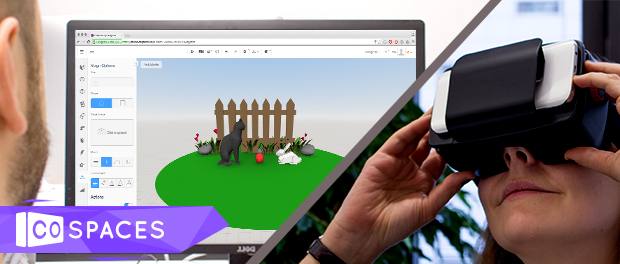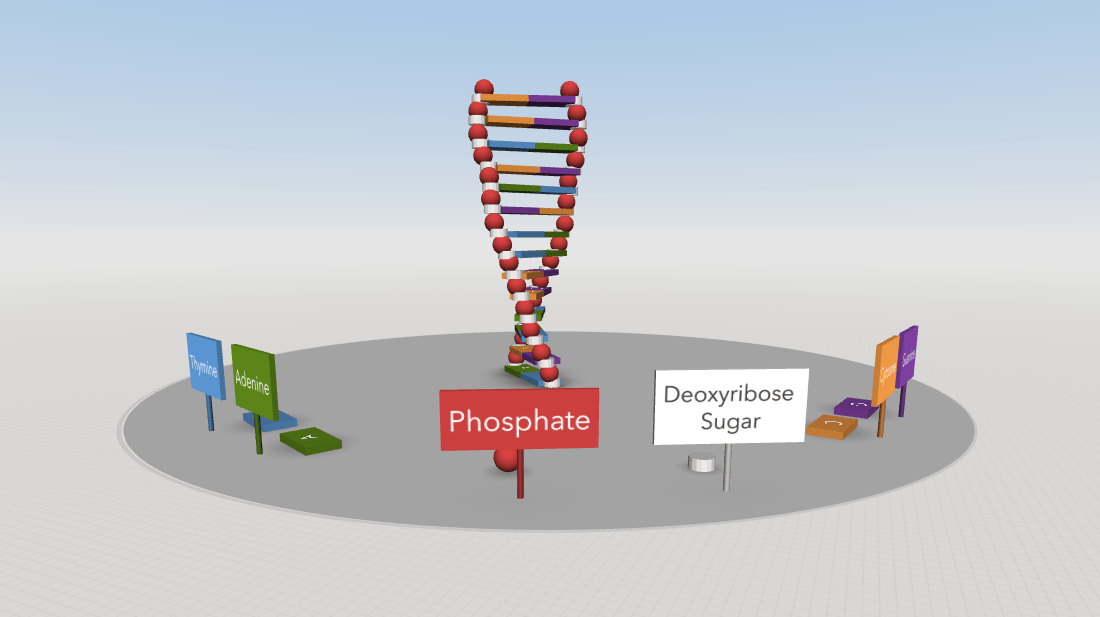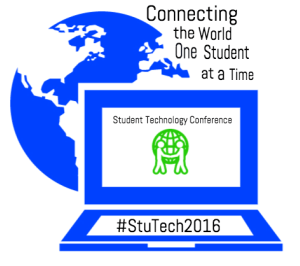“[Parents should] ask schools, are there plans for teleschool?” says a CDC representative. An inconvenient truth has pushed its way into our consciousness. No, I’m not speaking of climate change. The inconvenient facts are that schools may need to close for an extended time. Consider this news (edited) that appeared recently:
Dr Messonier said she called her children’s school. She asked if there are plans for tele-schooling if necessary. She recommended parents do the same.
Source: Edited for readability. Daily Mail, available 2/27/2020
While the COVID-19 frenzy may prove to be a non-starter here in the United States, the ability to provide learning during a time when a school’s physical buildings are not available is critical. (Do you remember hurricanes Rita, Ike, and Harvey, all of which had a big impact on some Texas districts’ ability to hold school?)
Virtual learning, distance learning, and blended learning are all familiar terms to us. While Dr. Nancy Messonier (Centers for Disease Control and Prevention) may have used a term we’re unfamiliar with, her meaning is clear. Schools may soon need to rely on strategies few educators are currently comfortable with. Are students equipped for at-home learning? Is your district ready for teleschool?
Be sure to read the companion blog entry, Remote Learning Tools for Schools.
Gauging Teleschool Readiness
How do you decide if teachers and students have what they need to teleschool? One way is to ask how other educational institutions are approaching it. No doubt, some schools will resort to make-up days when the pandemic winds down. The problem is, no one knows how long that will be. Like other disasters that schools face, if you don’t have preparations set up prior, it’s too late when the disaster hits. So this may be your district’s wake-up call. Take a moment to gauge how prepared you are.
Join us for a free-to-anyone Zoom Discussion on this important topic on Monday, March 9, 2020 at 2:00 p.m. Central. We invite schools at all stages to jump in and share how they might engage in teleschooling if the need arises. In addition, a TCEA Lunch and Learn on Blended Learning Made Easy takes place March 4, 2020 at 11:45 a.m. CDT. You can also read the TCEA TechNotes blog’s blended learning archives for more insights now.
For New York University’s Shanghai campus, professors worked to meet students’ needs. They relied on several resources to make the job easier:
- A plan to do the following:
- Move face-to-face content into online format
- Communicate via social media about what is happening
- Website(s) to address questions and support students and parents who might have questions
- A range of digital tools including:
- Learning management systems (LMSs)
- Video conferencing tools (e.g. Zoom, Adobe Connect) to ease communication with educators
- Messaging platforms (e.g. email, social media-like tools)
- Pre-created videos on subjects a professor might lecture on
- Online assessments
Reviewing that list of plans and resources, we can start to come up with a checklist of what K-12 schools can do.
Formulating the Checklist
Checklists for blended learning abound. A two-second web search will get you started. What are some specific steps your organization is prepared to take? Consider doing the following in a quick, methodical manner. To quote an old surgeon’s saying, “Go slow now so you can go fast later.”
Assessment of the District’s Readiness
- How much of your K-12 curriculum and lessons are available in digital format for students? This would include videos, activities, assessments, etc.
- How much digitized content exists in a learning management system? That is, a tool like Canvas, Classroom (Google), Schoology, or Teams (Microsoft)?
- Do you have a team of educators who could digitize content and arrange it in an LMS?
- What grade levels would be most critical to begin with?
- What budget do you have available to buy pre-packaged content or get a team to work after hours? Will any YouTube or Khan Academy videos be usable under fair use?
- How many teachers on staff could organize a month’s worth of content for online consumption?
- Do teachers and students have necessary connectivity and devices to access content and complete assessments?
- Create a “who would do what by when” task chart for all project aspects and how they will report completion of the task.
Things the Staff Should Do
- Organize small teams to digitize content and decide what’s the most important to focus on
- Decide what grade levels and content areas/subjects have priority
- Streamline lessons and activities to use high-effect size strategies. Be repetitive in the use of the same strategies across lessons. Find a chart online here.
- Figure out how to best make Pre-AP and Advanced Placement (AP) courses self-paced
- Invite a core team of educators to create content in five to 10-minute increments
- Put standard modifications for special education in place with specific suggestions for parents
- Create a school hours schedule students can follow while at home
- Assign two teachers by campus to monitor online during the workday; they would work from home
Resources Needed for Parents
- Create a website that shares critical information about the district’s efforts
- Include a sample lesson that shows what content will be available for students
- Make recommendations about internet bandwidth and devices for homes that lack access
- Articulate the process for checking out equipment
- Provide a list of locations that provide internet access. These should be accessible from inside a car (e.g. parking outside library or school building)
Resources Needed for Students
- Create a video of how to navigate online modules
- Encourage student reflection and feedback on online modules
- Engage students with hands-on projects when possible
Bigger Fish to Fry
While it’s easy to say, “There are bigger fish to fry right now and we need to let people focus on that,” planning on how you will provide a stable learning environment in the midst of a crisis is critical. Use the technologies you have to connect with children and parents in a fresh way and ensure that education moves forward.







 Communicate in real time with your students.
Communicate in real time with your students. 





